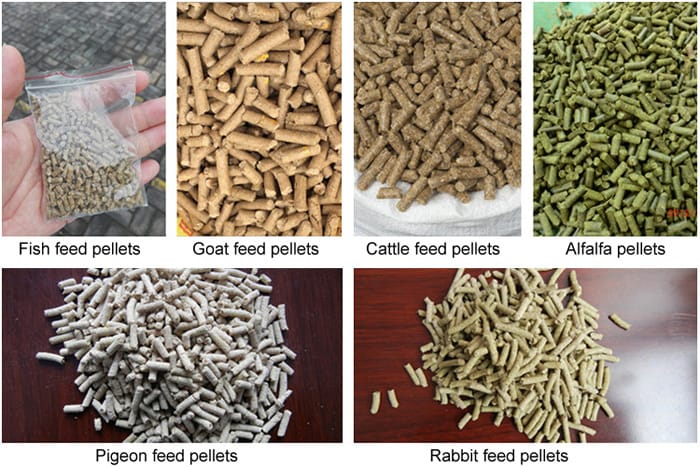Can fat be added to the animal feed?
Many advantages of adding fat have been proven in production practice, especially for sows, piglets, broilers, high-yielding dairy cows in late pregnancy and lactation with high metabolic rate, as well as improving the heat stress of animals in the hot season.

1. Fat is the most effective energy source
General fat can provide 2.25 times as much energy as carbohydrates. This value is measured based on common triglycerides. Adding fat can provide a higher energy concentration in a smaller formula space to meet the high energy demand of some livestock, so that feed manufacturers can increase the concentration of other nutrients. This is especially important for broiler feed, because if you want to meet the energy requirements of broilers without adding fat, you must increase the protein level, which not only increases feed costs, but also increases the heat stress of broilers in summer. As for mammals, milk usually contains higher lipids. For example, sow milk contains nearly 40% fat and contains higher metabolic energy.
2. Low fat heat consumption, anti-heat stress
By comparing the heat increase of different nutrients, it can be seen that adding fat to the feed in summer can effectively reduce the heat increase.
3. Provide essential fatty acids
(n-3 series and n-6 series) to ensure the normal growth and development of livestock. The n-3 and n-6 series of fatty acids play an important role in maintaining blood pressure, platelet aggregation and prostaglandin function in animals.
4. Promote the absorption and utilization of fat-soluble vitamins.
5. Lecithin is an important nutritional factor for piglets before 9 weeks of age and must be supplied by feed.
Although full-fat soy flour also contains about 0.5% lecithin, the utilization rate of early weaned piglets is low. Lecithin is used in conjunction with other emulsifiers for better results.
6. Improve the palatability and appearance of feed.
7. Through the selection of the types of added fats, specific target livestock products can be produced, such as high n-3 fatty acid eggs, bacon, high-hardness backfat for sausages, and marbled beef and mutton.
8. Extend the life of the feed pelletizer and reduce feed dust.
9. Choosing and using fat correctly can increase the absorption rate of other nutrients by animals, save costs, and improve the overall benefits of animal feed mills and animal farms.
【More related info about animal feed】
1.Why are animal feed pellets mildew?
2.Processing technology of crop straw as raw material for animal feed
3.The influence of feed formula on feed production process in animal feed mill plants
4.How does animal feed mill factory judge whether the formula is appropriate?
5.Feeding of raw materials in the animal feed plant production process
If you want to built one complete pellet production line in your country, pls send the inquiry to us. We will customized design according to your requirement.



